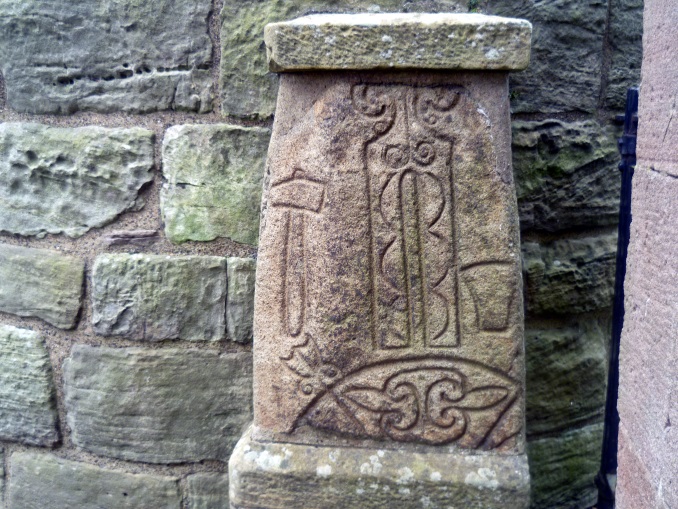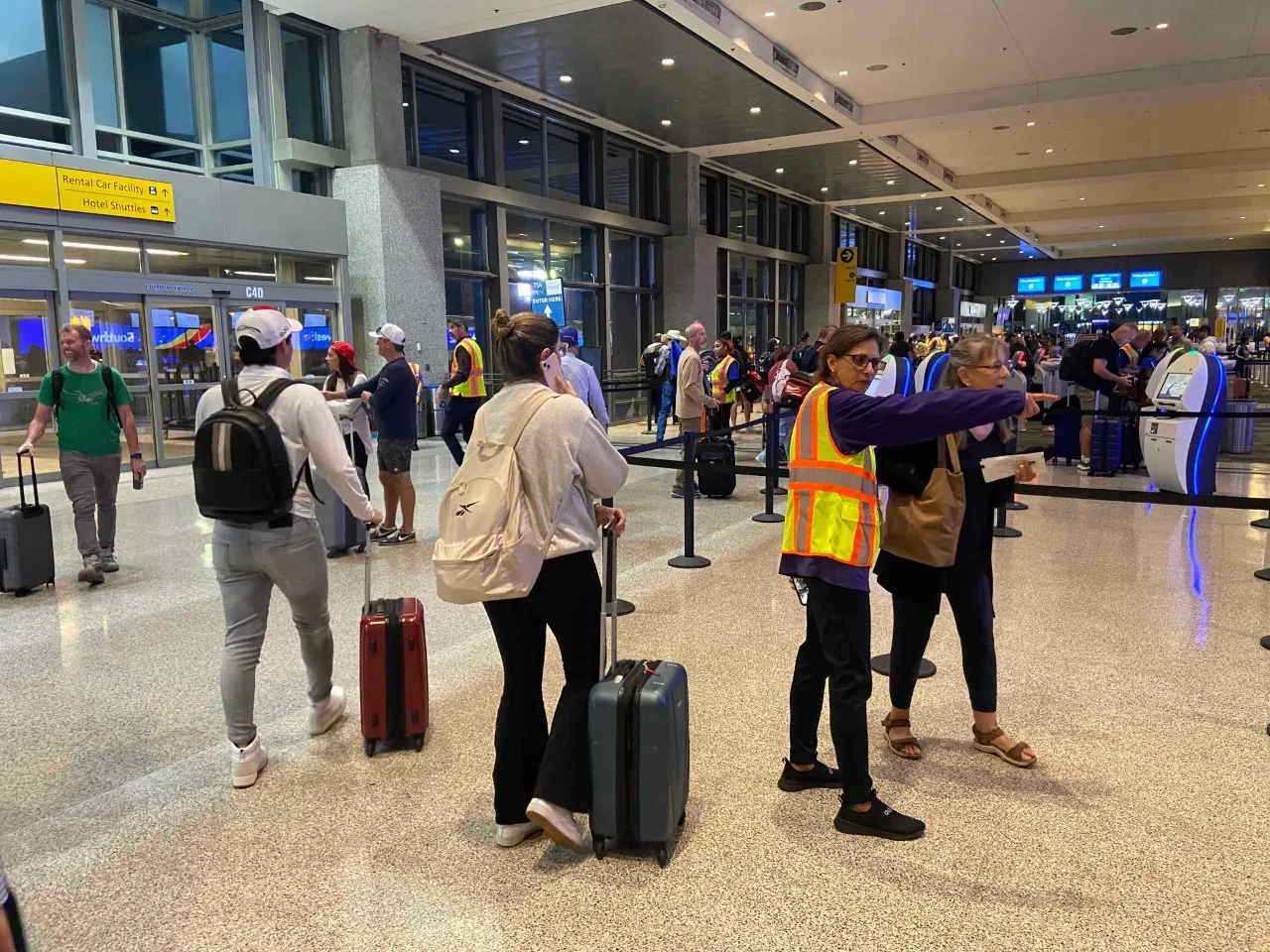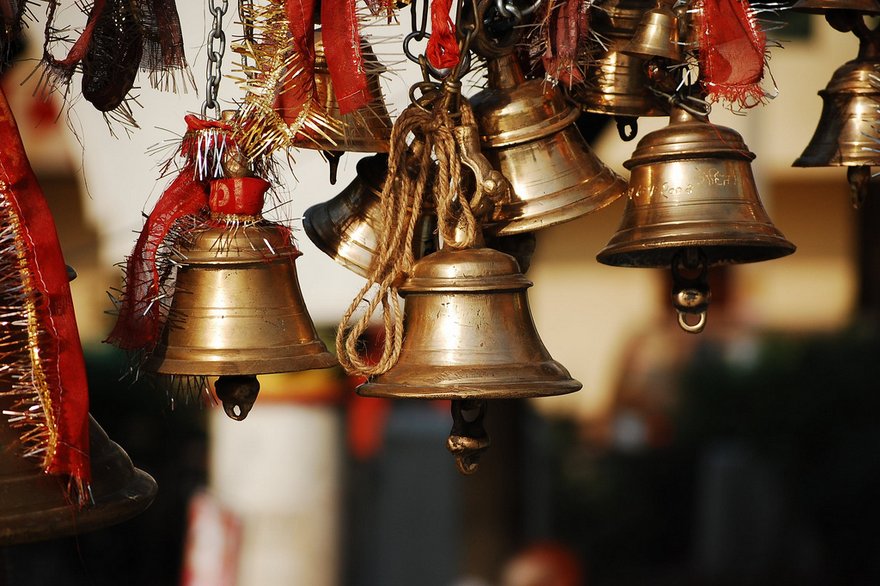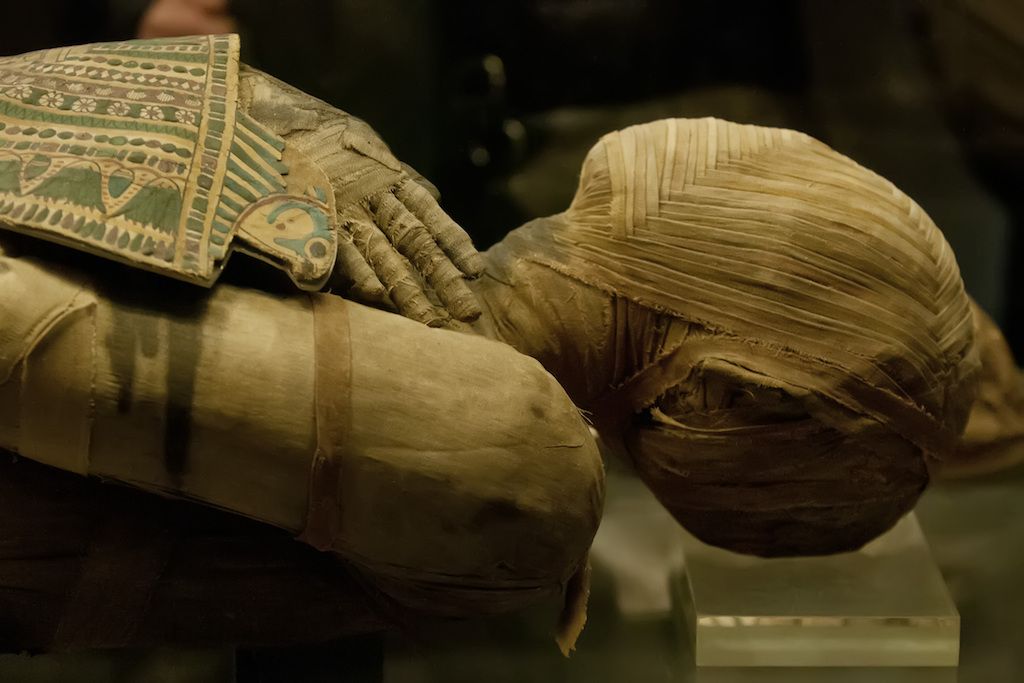Scientists Discover New Species of Pygmy Anteater
Pygmy anteater, also known as silky anteaters, are elusive nocturnal creatures. The name “tenggiling,” which means “to roll over” in Malay, hints at their primarily nighttime activities.
Reevaluating Pygmy Anteater Species
Until recently, researchers believed that all pygmy anteaters belonged to the same species. However, in 2017, Flávia Miranda, a conservation medicine researcher at the State University of Santa Cruz in Brazil, and her team published their DNA analysis of pygmy anteaters across the Americas, revealing the presence of seven distinct species.
Delta Parnaíba’s Unique Pygmy Anteaters
Their observations led them to Delta Parnaíba, Brazil, where they discovered pygmy anteaters that were strikingly different from their counterparts. Notably, these pygmy anteaters lived in isolation, far from their closest relatives in the Amazon Basin and tropical rainforests along the Atlantic coast of Brazil.
Clues in Fur Color and DNA
Miranda, who has studied sloths, pygmy anteaters, and armadillos in Brazil for 30 years, noted variations in fur color among populations in different regions. These distinctions became key indicators supporting the claim that the pygmy anteaters in Delta Parnaíba were indeed a different species.
Adding Another Species
In her recent research, Miranda examined a pygmy anteater sample from Delta Parnaíba, located about 175 miles east of São Luís in Brazil. Genetic analysis revealed that these pygmy anteaters had undergone evolutionary separation for approximately two million years, suggesting a different evolutionary path from other pygmy anteaters.
Strengthening the Claim
While genetic analysis provided compelling evidence, researchers still sought physical proof to bolster their claim. Miranda and her team continued to collect blood samples and conduct measurements on Delta Parnaíba’s pygmy anteaters to identify further distinctions, reinforcing the assertion that these pygmy anteaters represent a new, evolutionarily distinct species.
Forest Conservation Is Key to Pygmy Anteater Research
Upon her arrival in Delta Parnaíba, Miranda realized that the forest was not conducive to supporting pygmy anteater populations. The mangrove forests in Delta Parnaíba were threatened by deforestation for various purposes, including fences, housing, and boats. Livestock like cattle and pigs further damaged the mangroves by overgrazing and trampling on the vegetation.
The Conservation Collaborative Effort
In 2011, Miranda began involving the local community in mangrove habitat restoration by planting mangrove seedlings in nurseries for later transplantation in the delta. This collaborative effort successfully rejuvenated pygmy anteater habitat and provided an opportunity for their population to thrive.
This endeavor not only revitalized the mangrove forest but also secured protection for pygmy anteaters and other species living there. It illustrates the importance of mangrove conservation and the contributions of local communities to preservation.
Flávia Miranda’s research in Delta Parnaíba, Brazil, serves as an excellent example of how wildlife conservation and scientific research can complement each other in preservation efforts. This discovery could open doors to valuable new species findings in the scientific and conservation world, highlighting the significance of mangrove preservation and the roles of local communities in conservation slotasiabet.





